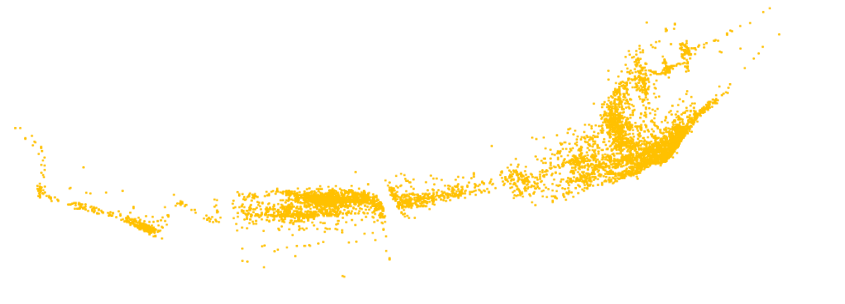HOME PAGE
To James B Kenworthy, a valued friend and mentor
Without his willing help and encouragement this project would never have taken place.
?Late Upper Paleolithic
The
large
blade
(left),
picked
up
during
family
fieldwalking
(1978-9)
at
Crathes,
was
only
recently
identified
as
being
‘definitely
possible
Late
Upper
Paleolithic’
by
Torben
Ballin,
via
Caroline Wickham-Jones (pers com).
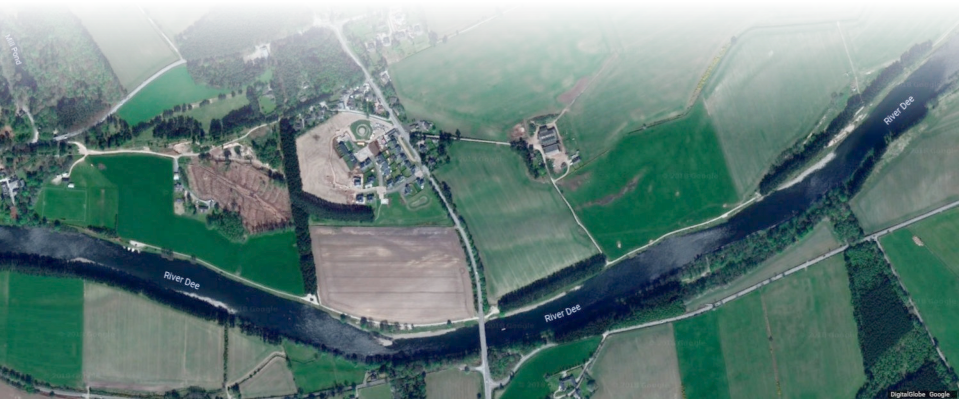
Uncovering one of the largest Mesolithic Sites in the UK

STONE AGE CRATHES



OFARS FIELDWALKING SURVEY
2008 - 2012
Lithic evidence from five fields bordering the River Dee

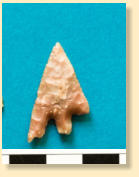
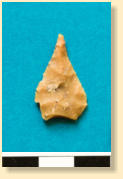
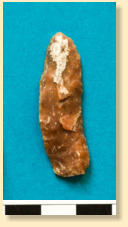
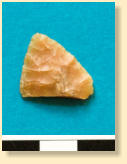
The
major
part
of
the
assemblage
relates
to
the
Mesolithic
with
diagnostic
broad
(top)
and
narrow
blade
(lower
right)
microliths
together with microburins (lower left).
An
Early
Neolithic
component
is
indicated
by
leaf-shaped
arrowheads
(upper).
Flaked
knives
(lower
left),
and
a
ground
and
polished
knife
(lower
right)
show
Later
Neolithic
activity.
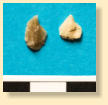
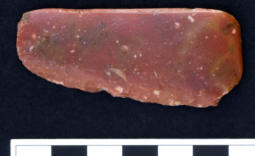
A
barbed
and
tanged
arrowhead
(right),
also
picked
up
during
earlier
fieldwalking at Crathes, suggests later activity in the Early Bronze Age.
Modern
humans
(
Homo
sapiens
)
arrived
in
Britain
about
40,000
years
ago,
after
a
period
(180,000
-
60,000
years ago) of severe ice-ages. The last of these, the Younger Dryas, ended about 11,700 years ago.
Until
recently,
it
was
thought
that
evidence
for
human
occupation
of
Scotland
dated
only
to
the
Mesolithic
period
(ca.
4,000
-
8,000
BC),
but
more
recent
fieldwork
has
pushed
this
back
to
the
Late
Upper
Paleolithic,
going
back
to
12,000BC,
closely
following
the
retreating
glaciers.
Lithics
dating
to
this
period
have
now
been
identified from a few locations along the banks of the River Dee, including the river bank at Crathes.

This website describes the fieldwork done by OFARS along the northern river bank at
Crathes, to discover the extent of the scatter, now thought to be one of the largest
Mesolithic sites in the UK.

The
OFARS
collection
also
included
diagnostic
implements
showing
activity
during
the
Neolithic.
Earlier
family
collections
indicated
an
Early
Bronze
age, and a possible Late Upper Paleolithic presence.

Microliths,
originally
referred
to
as
‘pygmy
flints’,
are
small
worked
pieces
used
in
making
composite
tools.
Microburins
are
waste
products
resulting
from
the
manufacture of microliths.
This
continuous
scatter
of
flints
through
the
five
fields
extending
1.75
km
along
the
north
bank
of
the
River
Dee
at
Crathes
and
250m
to
the
north
in
the
widest
part,
is
one
of
the
largest
Mesolithic
sites
in
the
UK
(Caroline
Wickham-Jones 2016 page 50)
Acknowledgements
We
would
like
to
thank
Alan
Saville,
Caroline
Wickham-Jones,
Ann
Pirie
and
many
others
for
much
appreciated encouragement and help.
Many
thanks
also
to
the
OFARS
fieldwalkers
for
turning
out
in
all
weathers,
especially
Angela
Groat
during
2008,
2009,
2011,
and
2012,
and
Marlene
West
during
2008,
and
2009.
Family
members
Premala
and
Jovita
joined
us
in
2008,
2009
and
2011.
Sadly,
deteriorating
health
prevented
James
from accompanying us after 2008.
I
must
also
thank
Dinkar
Sabnis
Sr
for
photographing
the
flints
and,
unless
labelled
otherwise,
the
remaining
photographs,
and
also
for
his
interest
and
company
on
the
many
occasions
when
just
the
two of us trudged up and down the fields together.
And lastly we would like to thank those concerned for allowing us access to the fields.
Dinkar
Sabnis
Jr
organised
and
put
this
website
together.
I
have
very
much
appreciated
his
patience
and
painstaking
attention
to
detail
not
only
regarding
the
website,
but
also
his
knowledge
of
Microsoft Excel.
I
After
the
hunter/fisher/gatherers
of
the
Paleolithic
and
the
Mesolithic,
the
Neolithic
period
(ca.
4,000
-
2,500 BC saw the introduction of pottery and farming.
During
the
transition
to
metal
working,
flint
implements
were
still
being
made in the Bronze Age (ca. 2,500 - 800BC), .
Hand-held
GPS
was
used
for
recording
the
E
and
N
co-ordinates
of
each
find,
and
Microsoft
Excel
for
cataloguing,
recording
of
attributes,
charting
the
spacial
distribution
of
the
flints
(almost 10,000), and for further lithic analysis.


